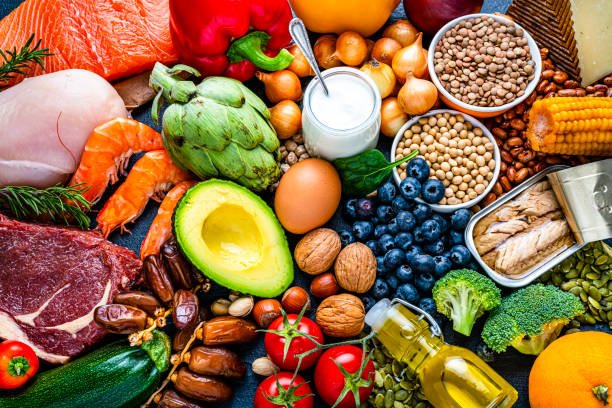Food is more than just sustenance—it is a reflection of culture, identity, community, and innovation. From traditional recipes passed down through generations to cutting-edge culinary experiments, the world of food is rich and ever-evolving. It connects people across continents, supports economies, and plays a critical role in both personal well-being and global sustainability.
Food as a Cultural Identity
Every region of the world has its own unique culinary heritage. From the spicy curries of India and the savory soups of Vietnam to the rich pastries of France and the hearty stews of Africa, food serves as a symbol of cultural pride. Traditional dishes tell stories of migration, trade, colonization, and adaptation. For many, preparing and eating these foods is a way to stay connected to their roots and pass on values to the next generation.
Festivals and celebrations often center around food. For example, Thanksgiving in the United States, Diwali feasts in India, Eid meals in the Muslim world, and Lunar New Year banquets in China all feature elaborate and meaningful dishes. Food becomes a way of honoring history, community, and shared experiences.
The Rise of Global Cuisines
Globalization and increased travel have expanded people’s palates and introduced diverse cuisines to different parts of the world. Today, you can find sushi in London, tacos in Tokyo, and Italian pizza in Nairobi. This blending of food cultures has led to the rise of fusion cuisine, where chefs combine ingredients and techniques from different traditions to create entirely new flavors.
Social media has also played a major role in this culinary globalization. Platforms like Instagram and YouTube allow food influencers and chefs to share dishes from around the world instantly, sparking interest and curiosity. Food trends can now spread globally in a matter of days—from whipped coffee to Korean corn dogs to Mediterranean bowls.
Health and Nutrition
In recent years, there has been growing awareness about the connection between food and health. Diets rich in whole grains, fruits, vegetables, lean proteins, and healthy fats are linked to better physical and mental health. At the same time, concerns about processed foods, excessive sugar, and fast food have led many people to rethink their eating habits.
This shift has fueled interest in plant-based diets, superfoods, and natural ingredients. Veganism and vegetarianism are on the rise, driven by concerns about animal welfare, climate change, and personal health. Food labels are now scrutinized for sugar content, preservatives, and artificial flavors, leading to a greater demand for transparency and cleaner ingredients.
Nutrition education has also become more accessible, with apps and websites offering calorie tracking, meal planning, and personalized advice. As a result, people are making more informed choices about what they eat and how it affects their overall wellness.
Food Innovation and Technology
Technology has transformed how food is produced, prepared, and consumed. In agriculture, innovations like vertical farming, hydroponics, and precision farming are increasing efficiency while reducing environmental impact. Lab-grown meat and plant-based meat alternatives, such as those from Beyond Meat and Impossible Foods, are gaining popularity as sustainable options.
In kitchens, smart appliances and gadgets are making cooking easier and more interactive. From air fryers and instant pots to voice-controlled ovens and recipe apps, technology is helping people prepare meals faster and with greater confidence.
Delivery apps and cloud kitchens have revolutionized the restaurant industry, making food more accessible while also creating new business models. In some cities, people can now order from dozens of cuisines with a few taps on their phones, reflecting a lifestyle that values convenience and variety.
Sustainability and the Future of Food
As the global population grows and resources become scarcer, sustainability in food production and consumption is a pressing issue. Reducing food waste, choosing seasonal and local ingredients, supporting ethical farming practices, and minimizing packaging are key strategies to ensure food systems remain resilient.
Consumers are becoming more environmentally conscious, opting for products that are organic, fair trade, and responsibly sourced. Governments and businesses are also taking action by implementing policies and practices that promote sustainability across the supply chain.
The future of food may include more personalized nutrition based on genetics, greater use of artificial intelligence in meal planning, and even edible packaging. What remains constant, however, is the human connection to food as something to be enjoyed, shared, and respected.
Conclusion
Food is a universal language that nourishes the body and feeds the soul. It bridges cultures, shapes societies, and evolves with technology and trends. As we continue to explore new flavors, embrace healthier choices, and innovate in how we grow and serve our meals, food will remain at the heart of our lives—uniting us through taste, tradition, and transformation.

